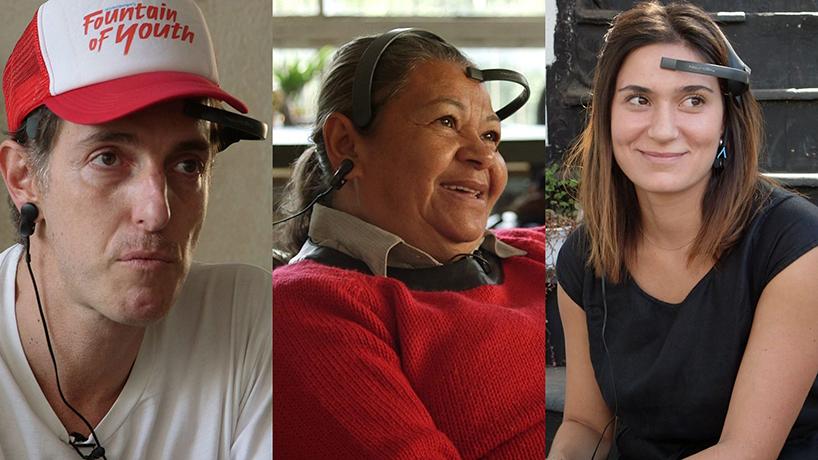What does “love” look like when you lay it on a table? When you fill it with fresh fruit? When you hang it around your neck or on a wall? A pair of scientific and artistic examinations, the Love Project and Love Project – Experience 2, by Guto Requena and D3, aims to find out by translating the emotional data they collected into 3D printed objects. We covered this project way back in August, but since then it has expanded and progressed considerably.
They call the ‘Love Project’ a study which combines design, science, and technology by capturing personal, human emotions. They then use the resulting data to build common objects, sculptures, and art pieces with a 3D printer.
The project was led by Brazilian artist, professor and columnist Requena in collaboration with D3. Requena says he hopes the work will suggest a future in which products will bear personal histories and combine them with meaning to help them last longer.
Requena, through his Estudio Guto Requena, says he examines phenomena like memory, digital culture and poetic narratives to create his work. The 34-year-old graduated as an architect and urban planner in 2003 from the University of São Paulo, and for nine years served as a researcher at the Center for Interactive Living Studies at the University of São Paulo. Following receipt of his Master’s degree in 2007, Requena served as a professor at Panamericana School of Arts and Design and at Istituto Europeo di Design.
Since 2012, Requena has penned a column for Folha de São Paulo in which he writes about design, architecture and urbanism.
The Love Project – Experience 2 involved applying sensors to each participant which noted very subtle changes in their biological processes as they read narratives describing their personal “love stories.” As the subjects spoke, the sensors took heart rate, neural activity, and voice frequency readings which were fed into software using an “environmental computational processing” method to create a real-time visualization of their emotional state.
Requena received assistance on the Love Project from developers Mariana Schetini and Vitor Reis, modeling help from D3 Development technicians Edson Pavoni, Diego Spinola, Luka Brajovic and Luiz Gustavo Zanotello. The project was supported with funding from Anacom and the pieces were printed in real time by Akad.
What do you think about the Love Project? Let us know in the Love Project forum thread on 3DPB.com.
